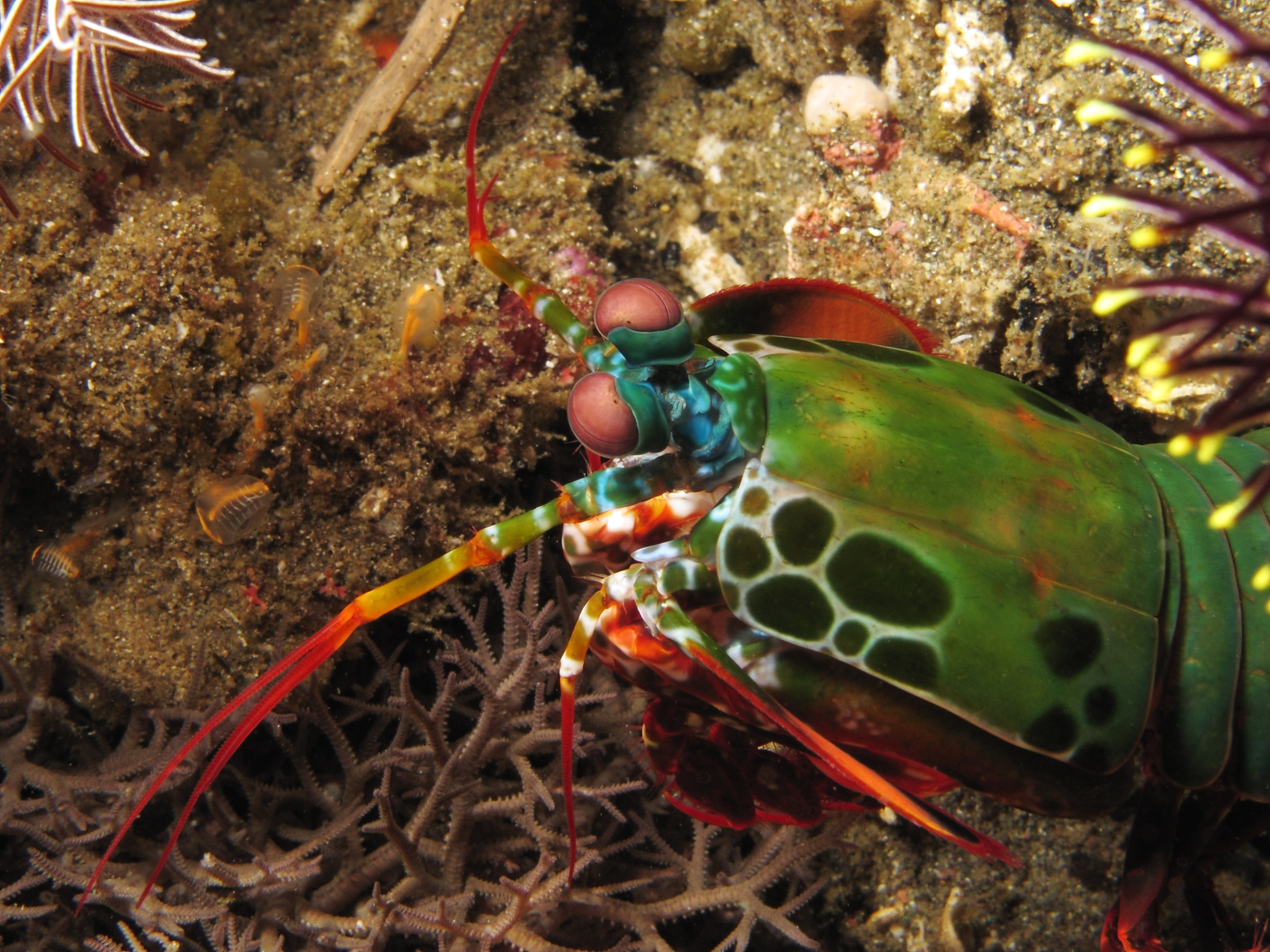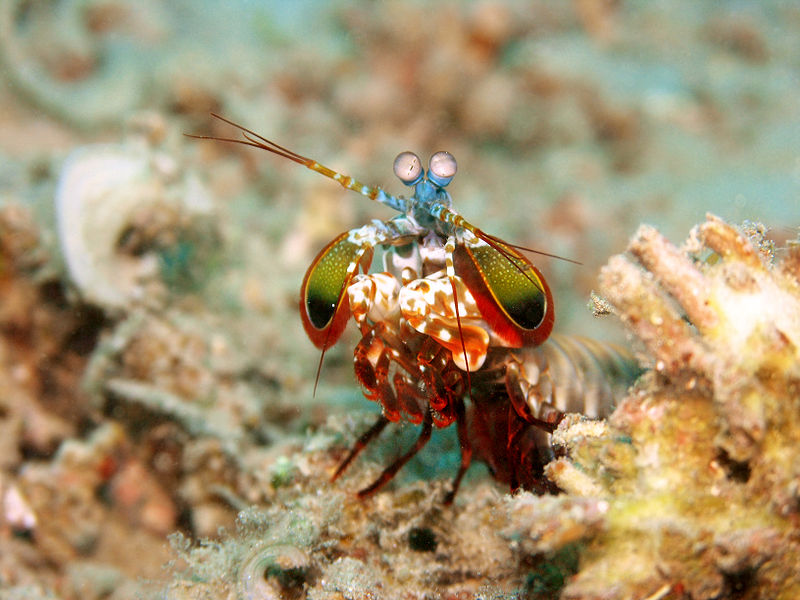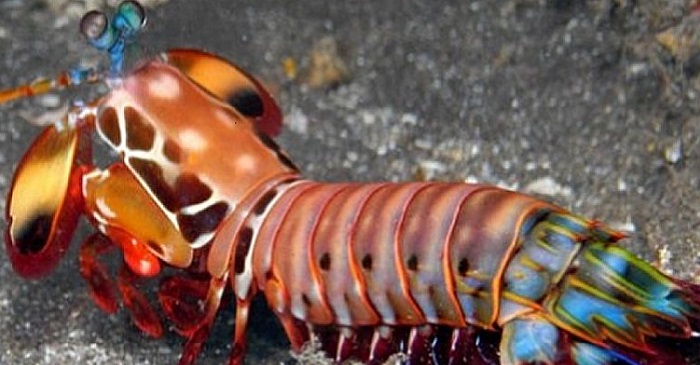Ocean View Property
The peacock mantis shrimp (Odontodactylus scyallarus) can be found in shallow tropical and temperate waters specifically in the tropical and subtropical reefs. (Thoen, et al 2014)(Science and Nature: Animals 2014). The peacock mantis shrimp is mostly in the Indian and Pacific Oceans and waters and around the areas of East Africa, North Australia, and South Japan (Caldwell 2006). Most are said to live in the areas between tidemarks, which are the highest and lowest points of the tide (Marine Education Society of Australasia 2013).
 The peacock mantis shrimp has a very noteworthy living style and way of life
compared to other marine crustaceans. They take refuge in many different
locations among the vast sea and coral covered seabed. For example, some
of the areas where they live includes: cracks and breaks in coral or rocks mostly on the
sandy or shelly ocean bottom (National Aquarium 2014). Another similar
location is in rock formations around the seabed (Marine Education
Society of Australasia 2013). Additionally, another habitat for the
peacock mantis shrimp is in an excavated burrow. They are known
for occasionally taking or moving into an area built by organisms such
as craps, shrimps, and flatfish
(Science and Nature: Animals 2014).
The peacock mantis shrimp has a very noteworthy living style and way of life
compared to other marine crustaceans. They take refuge in many different
locations among the vast sea and coral covered seabed. For example, some
of the areas where they live includes: cracks and breaks in coral or rocks mostly on the
sandy or shelly ocean bottom (National Aquarium 2014). Another similar
location is in rock formations around the seabed (Marine Education
Society of Australasia 2013). Additionally, another habitat for the
peacock mantis shrimp is in an excavated burrow. They are known
for occasionally taking or moving into an area built by organisms such
as craps, shrimps, and flatfish
(Science and Nature: Animals 2014).
Although more often than not peacock mantis shrimp make there
own homes where they burrow down in the sea bottom and construct
a U-shaped hole in the mud, gravel, or sand. These holes are usually
made near the structure of coral reefs containing
sea sponge (Baxamusa 2010). These burrows the shrimp make can be
anywhere from 3 to 6 feet deep and are usually found at depths of 3-40
meters in water temperatures around 22-28 degrees Celsius. This is
exactly where you can find a Peacock Mantis Shrimp resting when its not
busy chasing down its prey or relocating. (Baxamusa
2010)(Caldwell 2006).
 Another thing you should know is the peacock mantis shrimp like many
other organisms, they are very protective of its territory/ terrain and
will not hold back from using its dangerous appendages against the
trespasser (National Aquarium, 2014). This mantis shrimp is different
from other crustaceans of its type because it goes out and hunts down
living prey (Marine Education Society of Australasia, 2013). Although,
it goes out and hunts there is little reason, besides than for food or
for relocation, for the Mantis Shrimp to leave its home. It is
considered to be diurnal and nocturnal allowing which is quite helpful.
There is plenty of other gadgets and specialties that the peacock mantis
shrimp contains which leads us into the next part about this organism;
their interaction with other species and the abilities it uses.
Another thing you should know is the peacock mantis shrimp like many
other organisms, they are very protective of its territory/ terrain and
will not hold back from using its dangerous appendages against the
trespasser (National Aquarium, 2014). This mantis shrimp is different
from other crustaceans of its type because it goes out and hunts down
living prey (Marine Education Society of Australasia, 2013). Although,
it goes out and hunts there is little reason, besides than for food or
for relocation, for the Mantis Shrimp to leave its home. It is
considered to be diurnal and nocturnal allowing which is quite helpful.
There is plenty of other gadgets and specialties that the peacock mantis
shrimp contains which leads us into the next part about this organism;
their interaction with other species and the abilities it uses.
Next to Form and Function
Back to Home
